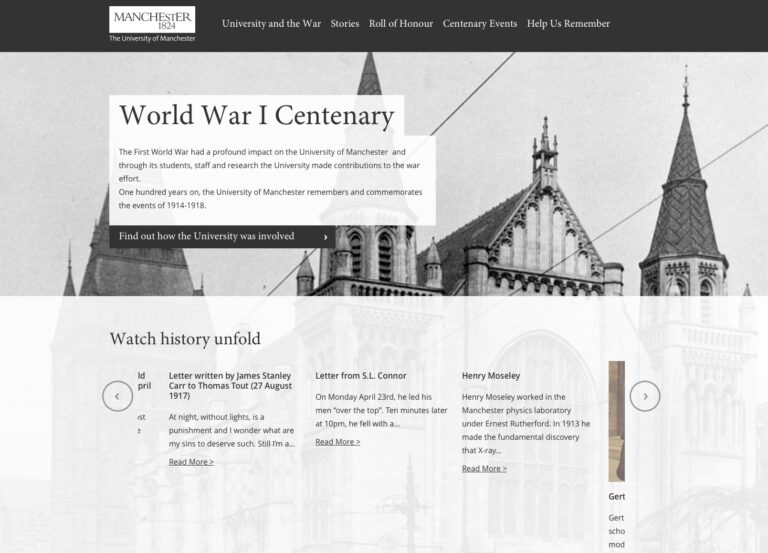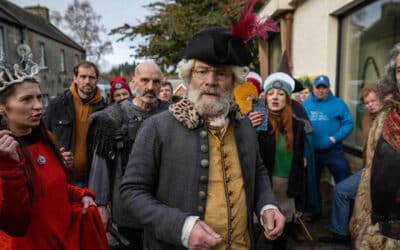Corporation Pop has created an app to share images, music and videos from Manchester digital arts project, Poppy.
Poppy is running in libraries across Greater Manchester, to commemorate 100 years since the First World War. Local community groups and artists are being encourage to express their own contemporary and conceptual view of the War.
Corporation Pop was brought in by Let’s Go Global to develop an App that would help share these digital stories.
“After researching the behaviour of plant growth and naturally occurring patterns we created a computed algorithm to animate the poppies, ensuring the movement appears as organic and fluid as possible. As a result, they don’t all move in the same way or simply bounce off the edge of the screen. Much like poppies moving in the wind, they appear to roam free, growing over time and with interaction,” explained Dan Taylor, creative director at Corporation Pop.
“Ease of use was central to the development of the app. It works across all digital devices without the need to download, and each video, soundbite or visual is easily shared through social media.”
Each piece of artwork is represented by a red or white poppy which floats across the screen and grows over time when a story is shared through social media. The more shares, the larger the poppy will become.
“Corporation Pop has been a pleasure to work with. We came to them with a vision of a creative app that exhibits people’s artwork, with poppies that flourish and grow as they’re viewed. We’re really excited by the finished app, and the website. They’re a fantastic way to explore the Poppy project, and a beautiful tribute to the First World War,” added Karen Shannon, director, Lets Go Global.
The University of Manchester is today also marking World War One with a digital tribute. It will commemorate the more than 600 staff and students who lost their lives during the War in a new website.
“It is difficult to know accurately how many people from the University died in the conflict, as much information is conflicting and replicated,” explained Pen Richardson, a member of IT staff at the University, who worked on the project.
“And sometimes we may not find anything more than what appears in the University’s official, roll of honour typically: year of birth, course studied or taught, rank, military unit, awards and date of death.

“My work has been preceded by a number of years of important research into the names on ‘The Tech’ memorial and the history of the Officer Training Corps by former UMIST Vice Chancellor, the late Professor Harold Hankins and his collaborator Neil Shuttleworth.
“I am very grateful for their contribution which is to be included in the Roll of Honour now being put together.”
One of the areas that the University played during the War is its contribution to technology and medicine. Former Vice Chancellor, John Stopford, will be among those featured. He worked on nerve injuries and the medical school at the University is named after him.
“As one of the few Manchester institutions whose history extends to the period, our site will provide a unique glimpse into the impact of the war on the University and the contribution of its staff and students,” added Dr James Hopkins, University of Manchester heritage manager, who is leading the project.
“It has been important to recognise and remember everyone from our community who was involved with the war, regardless of whether they were fighting on the frontline, volunteer nursing or working the land.
“This website will grow over time – and we urge the public to get involved and submit their documents and images relating to the University’s role during the Great War.”











